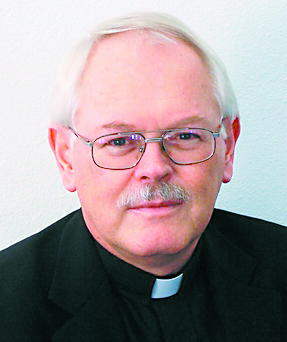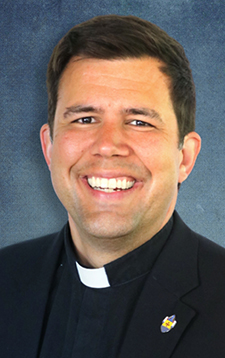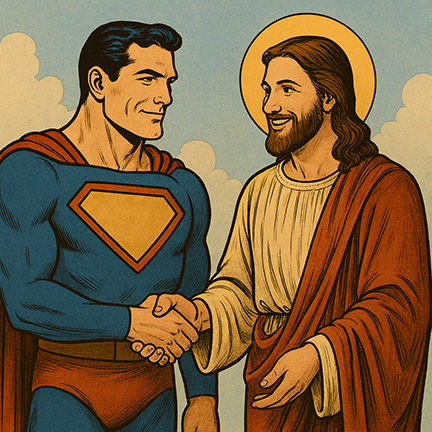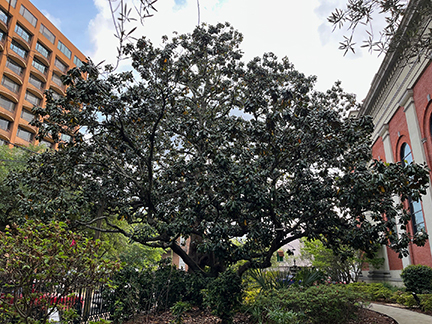By Bishop Joseph R. Kopacz, D.D.
Let us not forget that we are in the Jubilee of Hope with the pressing invitation to bring the light of the Gospel to every corner of our lives.
Therefore, “with great joy we celebrate October as Respect Life Month amid the church’s Jubilee Year of Hope. This Jubilee Year offers us the opportunity to appreciate anew, and with immense gratitude, the gift of the new life that we have received in baptism, a life capable of transfiguring death’s drama. The life, death and resurrection of our Lord Jesus Christ is the foundation of our hope. Through Christ, our sins are forgiven, death is overcome, and life is victorious,” Bishop George Thomas, USCCB said.
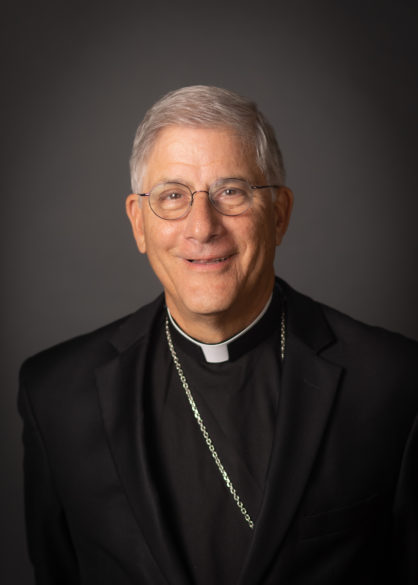
The refrain for the Jubilee Year, “hope does not disappoint” unveils an endless horizon beyond this world while at the same time anchoring us more securely in our daily routines and responsibilities. Because the love of God has been poured into our hearts through faith awakening the dignity of every human person made in God’s image and likeness, the church’s respect for life from the moment of conception to natural death remains unwavering.
May the scales fall from our eyes to see the beauty of life all around us – from the conception and birth of a child, in the daily sacrifices of parents and caregivers who give their all for the well-being of their children, for the blessings of education, recreation, family and community. For the elderly who have borne the heat of the day and who are cared for until the end in the bosom of family or centers of care that accompany the family during the twilight years, we celebrate and give thanks.
“Yet, the daily headlines remind us of how desperately our world is thirsting for the hope that only God can provide. Every day we witness the overwhelming disregard for human life: through rising rates of abortion and assisted suicide; the killing of innocent schoolchildren, even at prayer; the mistreatment of our immigrant sisters and brothers as they endure an environment of aggression; and political and ideological violence inflicted against unsuspecting victims. These attacks threaten life precisely when it is most vulnerable and in need of protection,” Bishop Thomas said.
Despite these realities, the gift of human life exists as a sign of hope to our world today, defying the powers of darkness and the culture of death. Pope Francis in the Bull of Indiction inaugurating the Jubilee Year reminded us that hope is love in action that responds to the suffering at our doorsteps. This life-giving virtue is to be enkindled in the fragile hearts of our youth, in the sick, the forsaken elderly, those in crushing poverty, victims of violence and war, exploited exiles, refugees, and immigrants, and the list goes on.
However, the church and many of its parishes, schools and ministries can and do call down the life of heaven through the power of faith, hope and love. In fact, this is a daily reality, and for this we give thanks.
With regard to respect for life, Pope Leo XIV has cited the emerging power and potential of artificial intelligence, which can be a force for good or evil. In harmony with recent Holy Fathers, Leo has raised up the dignity of the human person at the center of greater solidarity and unity across the globe.
At the second annual international Artificial Intelligence Conference in Rome, during a session intentionally held at the Apostolic Palace of the Vatican, the Holy Father shared the following thought: “Authentic wisdom has more to do with recognizing the true meaning of life, than with the availability of data.”
In this light, the Holy Father expressed his hope that the conference’s deliberations “will also consider AI within the context of the necessary intergenerational apprenticeship that will enable young people to integrate truth into their moral and spiritual life, thus informing their mature decisions and opening the path towards a world of greater solidarity and unity.”

